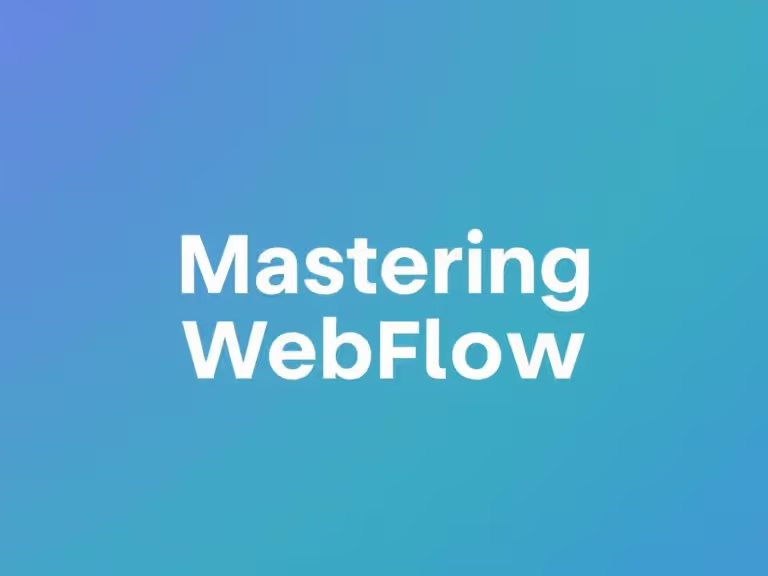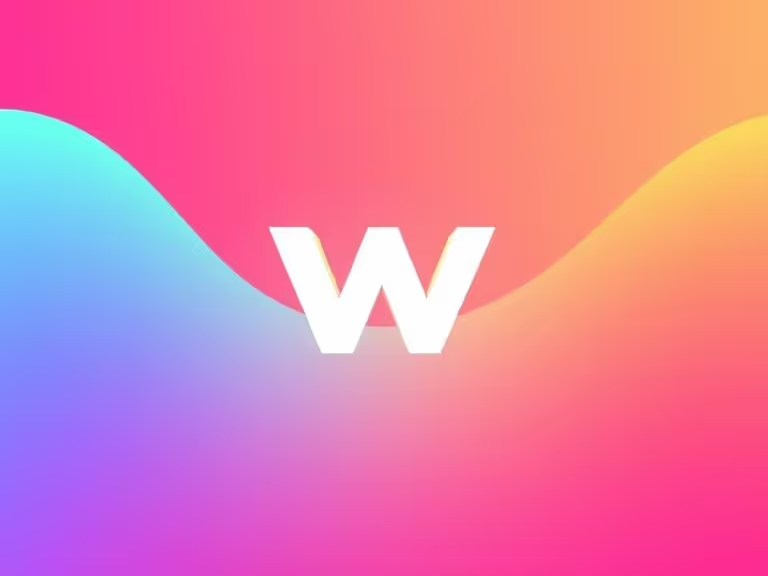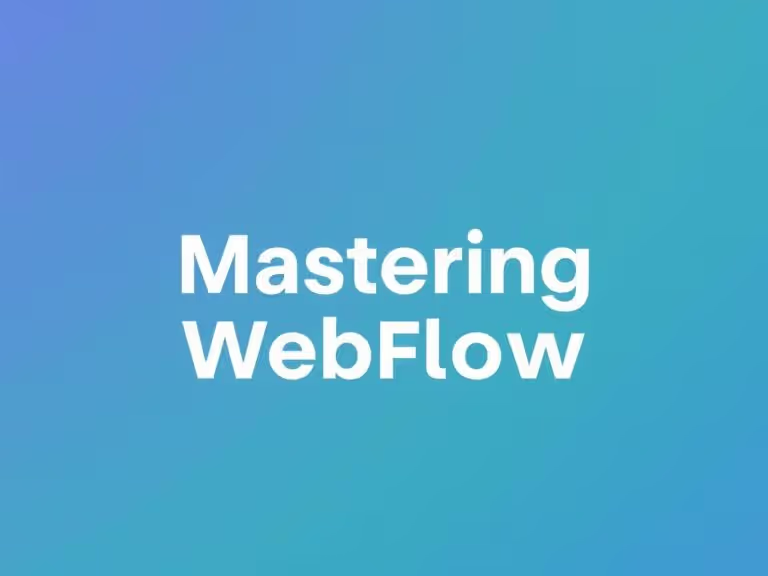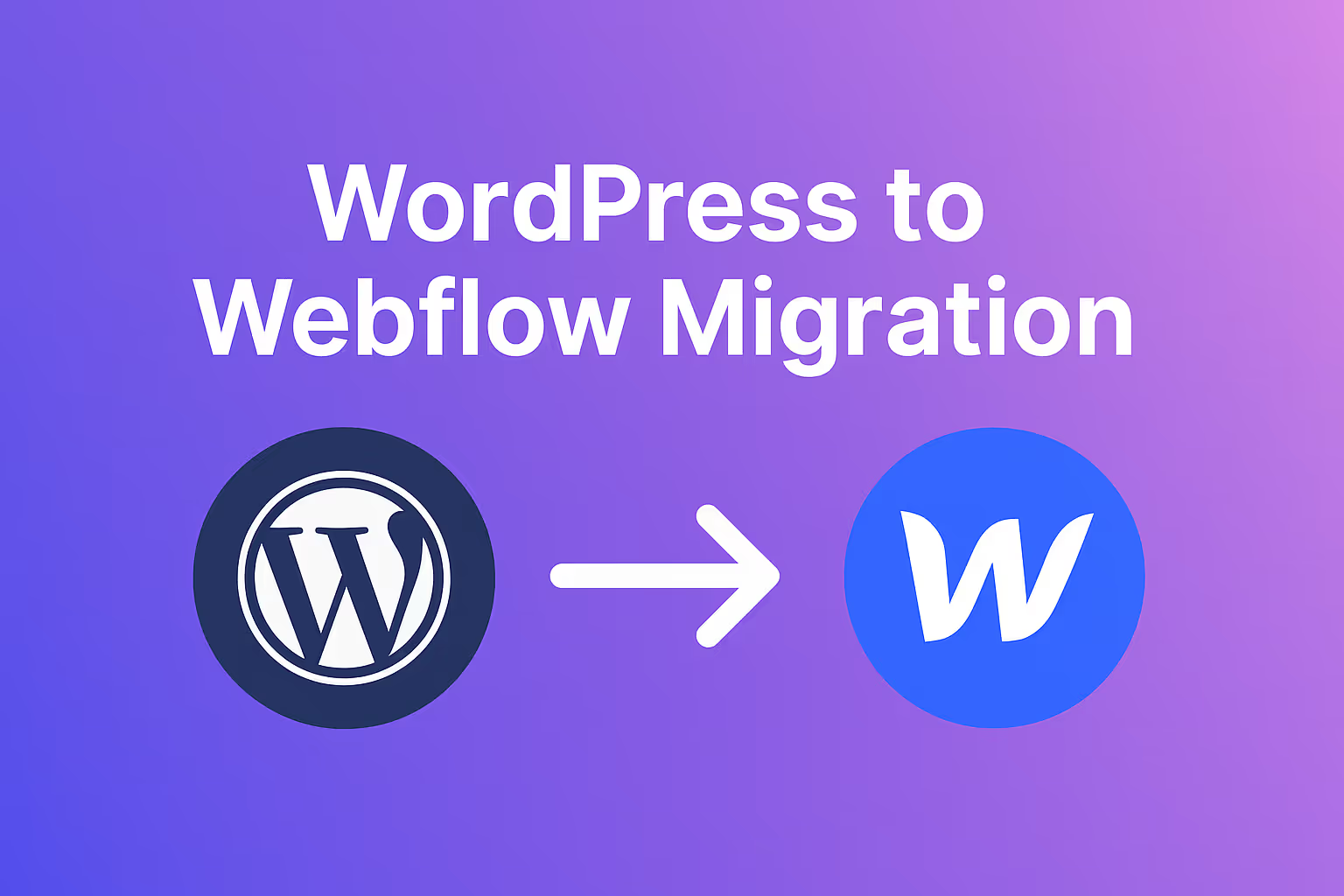
Learning Webflow is one of the smartest investments you can make as a modern designer or entrepreneur. Whether you want to design client websites, start a web design agency, or simply bring your ideas to life without coding, mastering Webflow in 30 days is completely achievable with the right plan and mindset.
Unlike traditional website builders, Webflow is a complete web design platform that merges design freedom with real front-end development power. You design visually, while Webflow automatically writes clean HTML, CSS, and JavaScript behind the scenes. This means you can build professional-grade websites faster and without the limitations of templates or plugins.
If you dedicate consistent time each day, even one hour, you can progress from beginner to advanced user in just one month. Let’s break down the 30-day Webflow mastery roadmap step by step.
Week 1: Learn the Fundamentals
The first week is all about understanding the foundation. Take this time to explore the Webflow interface and build your comfort with the basic tools.
- Explore the Webflow Designer: Learn about elements, sections, containers, and the box model.
- Understand visual hierarchy: Experiment with headings, typography, color styles, and spacing.
- Practice layout design: Use flexbox and grid to create responsive layouts that look great on all devices.
- Publish your first page: Try launching a simple one-page portfolio or landing page to understand Webflow hosting and publishing.
By the end of Week 1, you should be familiar with how Webflow structures projects and how to navigate the workspace confidently.
Week 2: Build Real Projects
Now that you understand the basics, it’s time to apply them by creating complete website sections.
- Build key website components such as navigation bars, hero sections, features, and footers.
- Learn how to use Symbols, which allow you to reuse elements across multiple pages.
- Study responsive design techniques by previewing your project on desktop, tablet, and mobile views.
- Focus on clean and consistent design by using global classes and color styles.
During this week, challenge yourself to recreate the homepage of your favorite brand or agency website inside Webflow. You’ll start to see how Webflow gives you complete control over the smallest details.
Week 3: Add Interactions and Motion
Week 3 is where you move from functional design to engaging experiences. Webflow’s interaction system allows you to animate almost anything without using code.
- Learn how to use triggers such as hover, click, and scroll to animate elements.
- Create scroll-based animations that make your website feel alive.
- Experiment with Lottie animations, page transitions, and parallax effects.
- Use Webflow University’s interaction tutorials to study real-world examples.
Animations not only make your website look more dynamic but also improve user engagement when used tastefully. This week will help you turn static designs into professional, interactive experiences.
Week 4: Master CMS and Launch Your Site
Now it’s time to combine everything you’ve learned into one professional-level project.
- Set up your Webflow CMS to manage blogs, portfolios, or product collections.
- Learn to bind CMS data visually, so content automatically updates without editing each page manually.
- Add SEO settings like meta titles, alt text, and custom URLs to make your site discoverable.
- Connect a custom domain, test performance, and publish your site live.
By the end of this week, you should have a fully functional, responsive, and dynamic website that reflects your new Webflow expertise.


Becoming a Webflow professional in just 30 days is not about speed alone; it’s about consistency and hands-on learning. The best way to grow is by building every day. Watch tutorials, study real Webflow sites, and then recreate them from scratch.
In a month, you’ll move from dragging basic elements to designing full websites with confidence. You’ll understand layouts, interactions, CMS structures, and even SEO all without touching a single line of code.
Once you’ve mastered Webflow, you’ll have the power to create high-quality websites for clients, launch startups faster, and stand out as a modern web designer. The future of web design is visual, and with Webflow, you’re already ahead of the curve.
So open Webflow today, start small, and keep improving each day. In 30 days, you won’t just know how to use Webflow you’ll think like a web designer.






.webp)
.webp)


.webp)
.webp)

